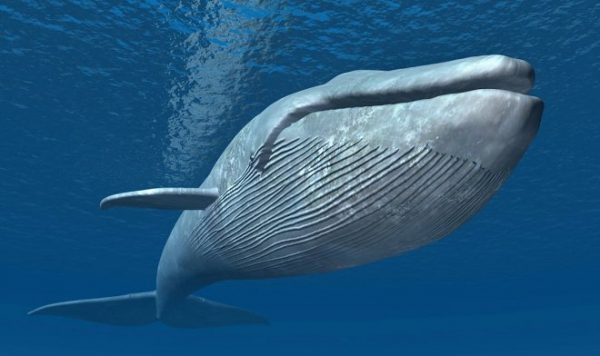
Lunging is an evolutionary strategy used by some whales like humpbacks and blues, when they accelerate towards a huge flock of prey and scoop up as much food as they can into a giant mouth. Of course, in the process, a lot of excess water gets into the body, which the whales filter back through the whalebone. But how they accomplish this feat without flooding the lungs and intestines with water has been a mystery until now. Unfortunately, the anatomy of whales is still a rather dark topic, since autopsies of these mammals are carried out very infrequently.
Recently, researchers have discovered a fleshy organ in the back of the mouth of finwals, which acts as a cork. When the whale inhales, it is located below the tongue, allowing air to pass from the nostrils into the lungs, preventing anything from entering the mouth. When swallowing occurs, the plug moves up and back, blocking the respiratory passages and opening the way from the mouth to the esophagus. The cartilaginous structure closes the entrance to the larynx and lungs, preventing food or water from entering the lower respiratory tract.

“There is no such mechanism in any other known animals and it is not described in the literature,” the study’s lead author Kelsey Gil comments on the finding. “Most of our knowledge about whales and dolphins is derived from toothed whales, which have completely separated respiratory and esophageal tracts, so we made similar assumptions about species that feed on the rush.”
This feature of anatomy has helped whales become the largest animals on the planet. Massive attacks on krill flocks are the only way to feed a huge organism, which would be impossible without the described physiological adaptations.
Source – University of British Columbia


